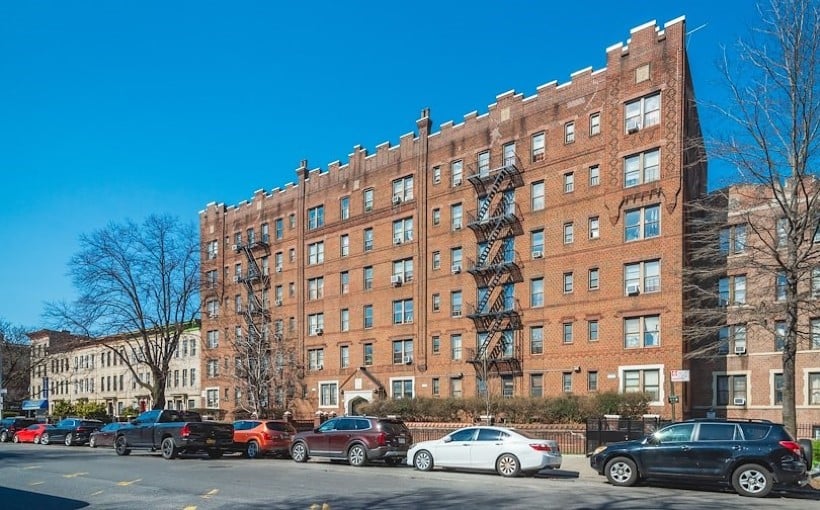Brian Chandler: The Impact of Financing and Interest Rates on Seniors Housing
Inflation, rising interest rates, and limited supply have all affected the seniors housing sector in a similar manner to other commercial real estate sectors. Partner Valuation Advisors recently released their inaugural Seniors Housing Investor Survey Report which highlights these challenges.
The survey gathered insights from experts in the field including lenders, investors, developers, and investment sales professionals. The main concern expressed by respondents was the availability of financing and increasing interest rates. Additionally, property values have declined due to higher capital costs and rising cap rates.
According to Brian Chandler , senior managing director at Partner Valuation Advisors , these findings were not surprising given current market conditions and debt market pricing metrics. He stated that increased interest rates have made buyers more cautious across all commercial real estate sectors.
Financing Options for Seniors Housing
The survey revealed that lenders are taking a conservative approach when it comes to loan-to-value ratios with most capping it at 75%. However, over half of respondents indicated they would prefer an LTV range between 65%-70%, while some see limits as low as 55%-65% due to stricter lending requirements.
With Effective Federal Fund Rates on the rise, floating rate loans are becoming more attractive for borrowers. In addition,”interest-only” loans are gaining popularity among new investors/borrowers as they provide short-term cash flow benefits while covering upfront/ramp-up expenses during stabilization periods.
Chandler also noted that alternative financing options were provided by HUD,FHA,SBA,and GSAs based on discussions with survey participants.Additionally,some life companies offered viable options accordingto him.
Slowing Transactions
Most assets typically remain listed for nine-12 months before closing accordingto majorityof respondents.Chandler explainedthat this is because buyers require longer due diligence periods.However,a disconnect exists between buyersand sellerswith owners seeking creditfor future rent increasesand potential occupancy growthwhile active buyers are offering lower bids.
Furthermore, the number of units under construction is at its lowest since 2015 due to increasing development costs and labor shortages caused by the pandemic. This will likely continue to constrain supply in the future.
Looking Ahead
Respondents predict that cap rates will increase overthe next 12 months with active adultand assisted-living communities being identified as havingthe largest investment opportunities.Chandler acknowledged that challenges such as labor market issues, high interest rates,and increased construction costswill make it difficult for the sector inthe next two years.However,there is still capital available on standby waitingfor economic volatilityto settle down.Additionally,demand for seniors housing remains strong thanks to demographic fundamentals.The sector has also proven resilient during recessionsdue to its needs-based nature accordingto Chandler.
In conclusion,the Seniors Housing Investor Survey Report highlights concerns regarding financing and interest rates within this sector.However,it also reveals potential opportunities for investorsin certain types of propertiesdespite current challenges.Furthermore,the long-term outlook remains positive due todemographic trendsand demand drivers.Thanks to these factors,seniors housing continues topresent itselfas a promising investment optioneven amidst uncertain market conditions.




